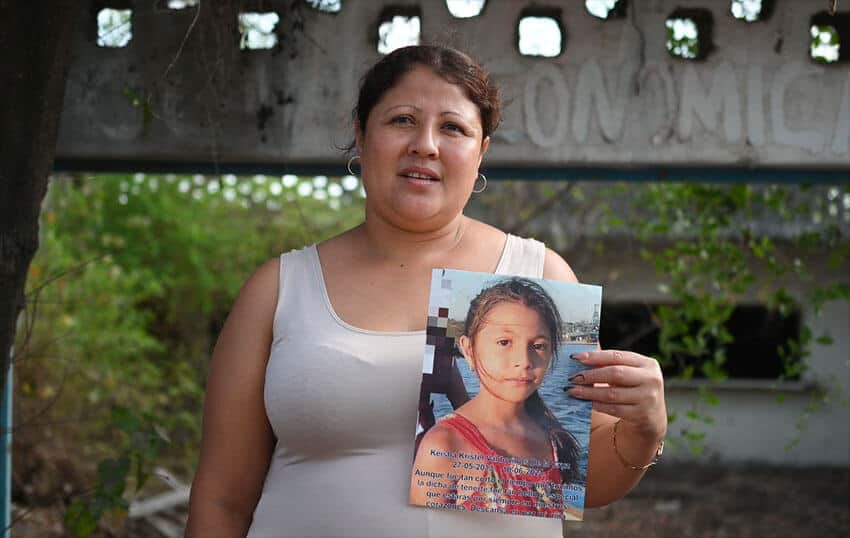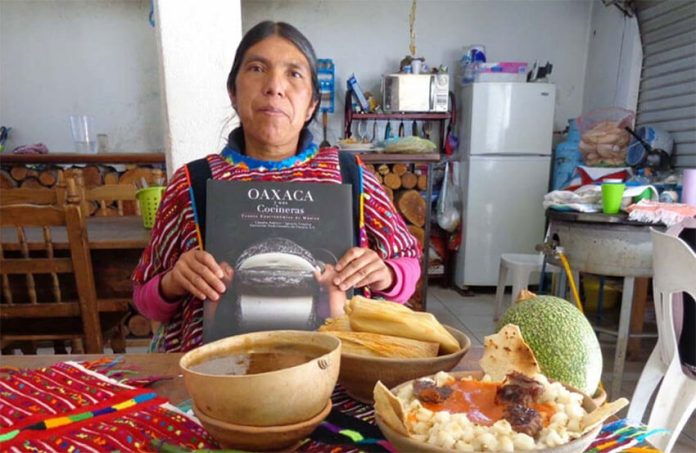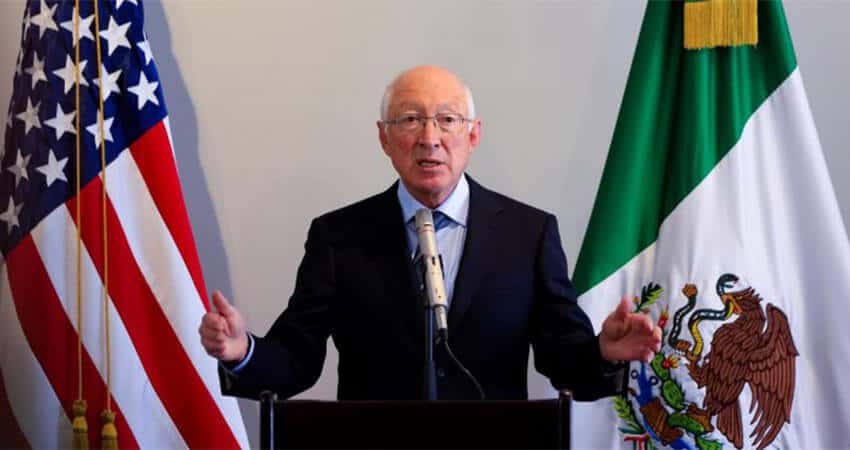A state-owned power plant on the coast of Guerrero is responsible for water and air pollution that has caused the deaths of a huge number of aquatic animals and sickened and ultimately killed some local residents, according to a report by an anti-graft group.
Located just south of the border with Michoacán, the Plutarco Elías Calles coal and fuel-oil fired plant in Petacalco is the Federal Electricity Commission’s most productive – and most contaminating – electricity generation facility.
A report by Mexicans Against Corruption and Impunity (MCCI) exposes the profound negative impact the plant has had on Petacalco since it opened in 1993.
Published under the headline “La carboeléctrica que produce muerte” (The coal-fired power plant that causes death), the report said that turtles, crocodiles and fish die every day due to the operation of the plant. Sea turtles enter the Balsas River, into which a CFE-built canal flows, MCCI said. The plant disposes of water used in an industrial cooling process in the canal and consequently contaminates it, the Balsas River and the Pacific Ocean into which it flows.

But it’s not just contamination that is killing turtles and other animals that enter the river and the CFE canal. Some are dying excruciatingly painful deaths when they inadvertently reach the power plant.
“Except for some buoys floating on the water, nothing prevents the passage of the turtles to the artificial canal, which leads them to death,” MCCI said.
Citing accounts from locals and environmentalists, the organization said that sea turtles including leatherbacks and olive ridleys are caught in grilles on the exterior of the power plant and are subsequently “pulled with rakes that sever their limbs.”
“Others are stranded in the sun for days and die of dehydration,” MCCI said, adding that residents and environmentalists have documented the death of as many as 76 turtles “in a single day under these conditions.”
“Moreover, they say that CFE personnel arrive with cranes or trucks to pick up the animals – even if they’re [still] alive – and take them to a dump inside the plant, where they’re covered with earth and grass,” MCCI said. The organization said that crocodiles and a range of different fish species have also become trapped in the power plant’s canal.
In January, Petacalco fishermen accused the CFE of killing approximately 150 tonnes of sardines by dumping chemicals in the canal. MCCI noted that a Guerrero Environment Ministry investigation concluded that the massive die-off was not caused by contamination generated by the power plant.
But local fishermen say that the plant’s improper waste disposal over a period of almost three decades is the cause of a drastic depletion of fish stocks.
“Fishermen, many of whom are now elderly, say that before the CFE smokestacks started operating, they caught up to a tonne of fish a day just a few kilometers from the beach,” MCCI said. “Today they have to travel more than 30 kilometers to set their nets and leave them for a day or two to catch a couple of fish. The reason, they explain, is that the CFE discharges its waste into the sea.”

Equally problematic is the air pollution generated by the Plutarco Elías Calles plant, which according to a 2017 study by National Autonomous University researchers, is the CFE’s largest emitter of mercury. The United States Geological Survey describes mercury as “a potent neurotoxin that can affect the human nervous system.”
The World Health Organization notes that coal contains mercury and other hazardous air pollutants that are emitted when it is burned in coal-fired power plants. It also says that the inhalation of mercury vapor can produce harmful effects on the nervous, digestive and immune systems, lungs and kidneys, and may be fatal.
MCCI said it was able to confirm that almost one-third of all deaths in Petacalco between 2012 and 2020 were caused by illnesses linked to exposure to contaminated air. Of 176 reported deaths, “at least 56 were caused by tumors, anemia or lymphoma (22), respiratory ailments (14), cerebral infarction or nervous system diseases (11) and liver or kidney ailments (9),” the organization said.
The air that Petacalco residents breathe “stings the nose, throat and eyes,” MCCI said. “Those who live a few steps from the doors of the power plant say that there are days when the smoke that comes out of the chimneys … comes down to ground level and it’s impossible to breathe.”

Bárbara Abarca, who lives near the plant, told MCCI that the contamination has recently worsened. “I would like to leave because I live [so] close [to the plant],” she said.
MCCI also said that smoke that belches day and night out of the power plant’s chimneys adversely affects a variety of crops grown in the area, including limes, coconuts, watermelons, bananas and plums. They are routinely covered with ash and some fruits are rendered inedible because they have “small burns” or have turned black inside.
Urbano Duarte, a fisherman and lime producer, told MCCI that the CFE is “fucking us over.”
“Look at the leaves on these trees, covered in ash … and the trees don’t even want to produce,” he said in an interview at his small farm. “… The government doesn’t take care and this [contamination] is affecting the entire municipality. … There are ranchers, farmers [and] fishermen, and they’re the people who are affected.”
Mexico News Daily

















